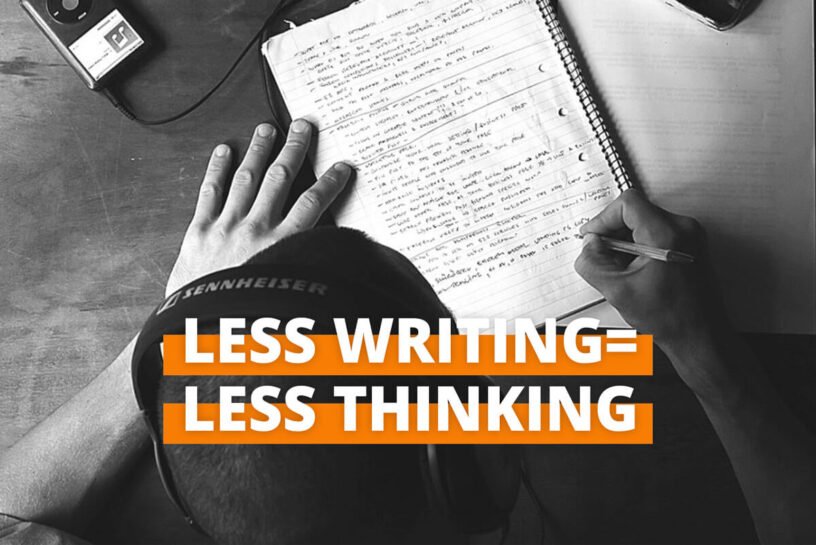With the rise of digital technology, we increasingly use computers and smartphones, which means typing might soon replace handwriting. If you are a parent of school-aged children, you can guess it; it has almost already been replaced. What consequences could this have? Scientists are just beginning to explore this question.
In my everyday life, I am determined to maintain a balance between the digital and manual worlds. Writing and drawing have always been essential parts of my life. And based on what I have discovered, I am glad it happened that way.
Childhood beginnings
I cannot precisely pinpoint when it began. I remember being praised for my drawing skills in primary school and doing well in various drawing contests—I won first place when I was nine. I also loved using my mum’s typewriter—the old-school punch-the-keys typewriter. One of my earliest memories from third grade is writing a play for a Christmas event at school with my mum’s help. We typed it on an A4 sheet of paper. Paper sheets used to have a smell to them.
My first graphic design project was also a school competition. The topic was not a light subject—suicide. I designed the cover page of an informational leaflet about suicide (below).

Later, during high school, I remember spending many late nights drawing while listening to my tape recorder in my room. I loved working like that, and to this day, I enjoy listening to music or podcasts (some of my drawings below).

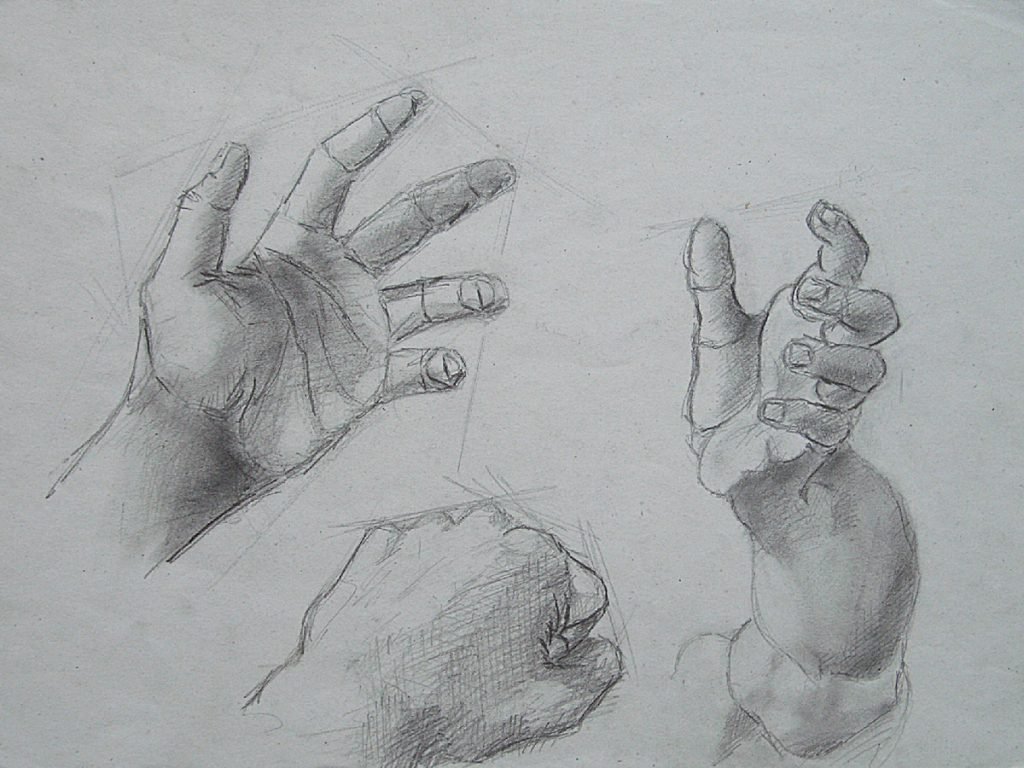
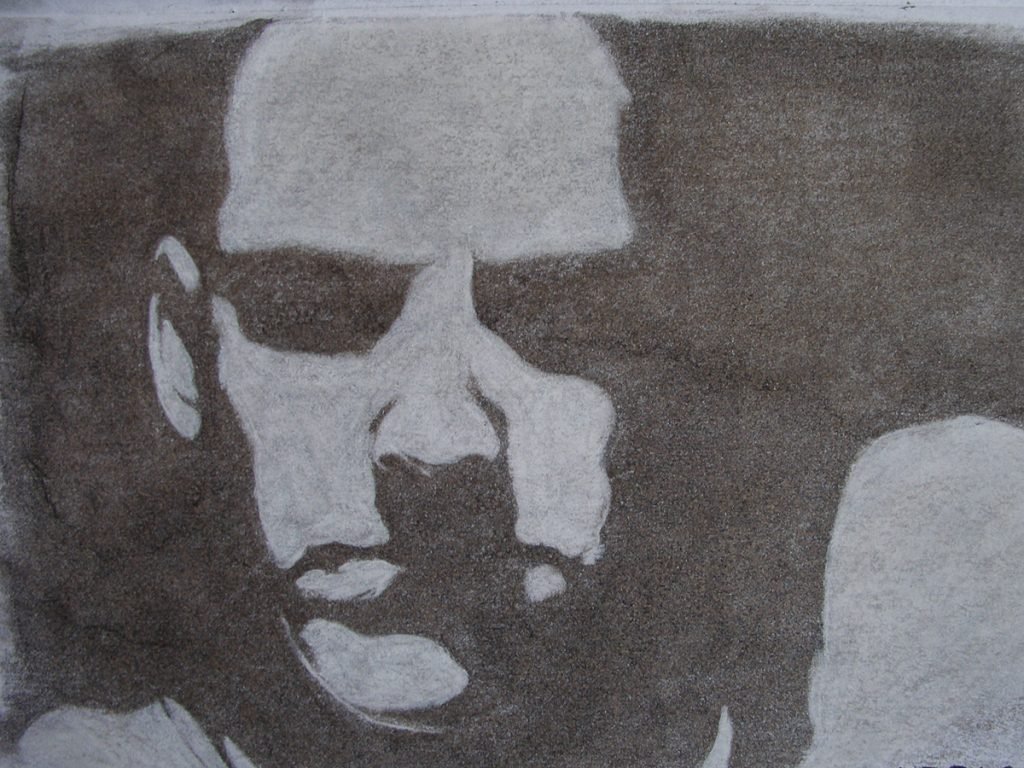
Scientific studies can confirm
My work, in most cases, starts with pen and paper. It has always been like that. I start with hand-drawn sketches for tasks like graphic designing a company logo or creating a website. Even a poster design, in many cases, begins on paper. My brain processes the hand-drawn version better than the digital one. The computer work only comes afterwards.
I did not know it until recently, but studies support my past approach.
Research has shown that writing or drawing by hand increases brain activity compared to doing it digitally.
When we use our hands, parts of our brain connected to thinking, language, and memory are more active, which makes our brain work more effectively and helps it grasp inputted information better.
For example, a Journal of Cognitive Neuroscience study found that handwriting activates brain regions involved in observation, visual imagination, and motor control.
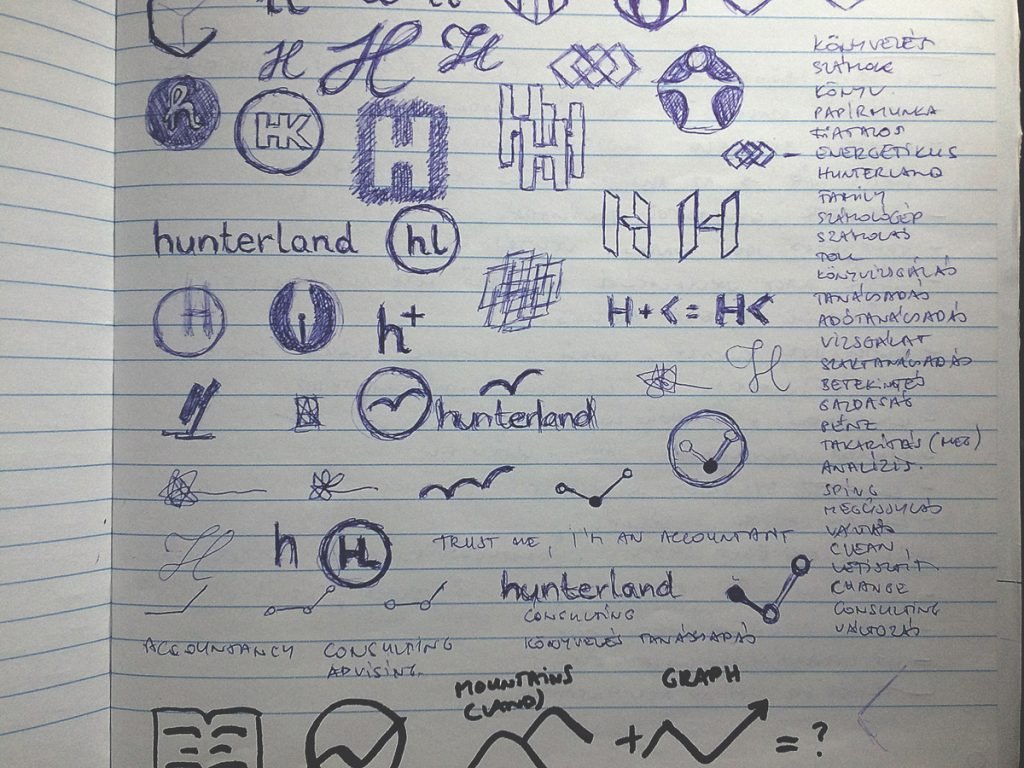


An example about my logo designing process
Is cursive handwriting important in brain development?
Although we lack knowledge that cursive writing has many unique benefits, unfortunately, it is often forgotten in modern children’s education. Research has shown that cursive handwriting synchronises brain waves in ways optimal for learning. How does that benefit us?
For one, cursive writing may help train self-control and can even aid in treating conditions like dyslexia and dysgraphia.
Let’s deep dive!
What does actual science say about handwriting?
Handwriting, particularly cursive writing, enhances learning and cognitive development more effectively than typing or digital note-taking due to its broader brain activation and sensory-motor engagement.
Various studies have shown that handwriting activates brain regions associated with memory and information encoding more effectively (learning) than typing or digital note-taking.
This enhanced brain activity by handwriting supports:
- better learning outcomes,
- including improved literacy,
- memory retention,
- and cognitive development.
The sensory-motor integration involved in handwriting and drawing leads to the formation of more complex neural networks. We can firmly state that these activities are crucial for optimal learning.
Therefore, as the studies state, maintaining handwriting practice in educational settings would be vital for enhancing students’ learning and cognitive development.
Key points from studies I researched
- Enhanced Brain Activation: Handwriting activates brain regions associated with memory and information encoding more effectively than typing, enhancing cognitive functions and learning outcomes.
- Sensory-Motor Integration: The complex motor movements in handwriting and drawing engage more sensory-motor integration, forming complex neural networks beneficial for learning and memory retention.
- Improved Literacy Skills: Handwriting leads to faster learning and greater generalisation to untrained tasks, improving overall literacy skills and strengthening core learning capabilities.
- Memory Retention and Comprehension: Traditional handwriting enhances memory retention and comprehension better than digital note-taking, supporting more effective learning.
- Cognitive Development: Cursive handwriting and drawing promote better cognitive development than typewriting, supporting more effective learning outcomes and overall educational development.
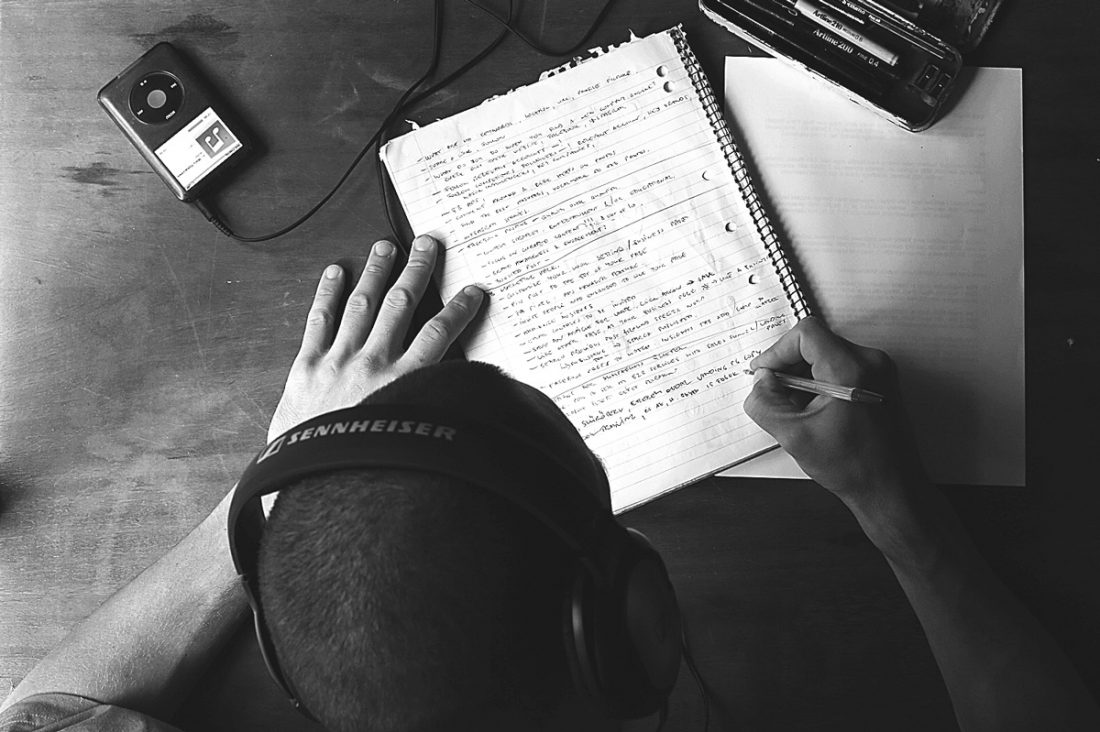
Interesting Fact:
Look back and try to remember your grandparents' handwriting quality. Do you recognise a difference between the handwriting of that generation and ours? It is day and night. My grandparents' handwriting in their old age looked like they were drawing each letter. It was, simply put, beautiful.
Back to basics in life
In everything I have ever done, I have always felt the urge to go back to basics, to stay close to nature. What do I mean by that and how does it relate to this topic?
In my mind, staying close to nature means living simply. I should remain close to things as though nature would have provided them to us. For example, in nature, there are no keyboards or mobile phones. Instead, there is a stick you can use to draw in the sand.
Similarly, let’s take eating as another example: there is no instant soup in nature, but there are carrots and water to make soup. I buy foods with as few ingredients as possible when I grocery shop. Foods with one ingredient are the best.
So, personally, I stick to the basics like handwriting. I choose simplicity. I constantly work to maintain a balance between digital and manual in my daily life. I work to stay close to nature and ensure that ‘paper and pencil’ remains a big part of my everyday life.
As we observe the past 100 years, the closer we get to the modern age, the more degradation we see in the beauty of our handwriting. This makes me wonder…
Finally, answering the question
So, to answer the big question, will we get dumber as handwriting disappears?
Yes, unfortunately. We will.
I have always believed that maintaining handwriting is crucial for my cognitive health, work development, and effective learning outcomes. As we just read about, we know this is 100% backed up by science. Who knows—perhaps it even helps during adulthood.
Follow this blog as I share hands-on marketing tips with readers that I find helpful.
Thank you for reading my post.
I am Shopi.
The No B.S. Marketing & Design Guy for Hospitality Businesses.
Article references:
Why Cursive Handwriting Is Good for Your Brain: https://www.psychologytoday.com/us/blog/the-athletes-way/202010/why-cursive-handwriting-is-good-your-brain
The Importance of Cursive Handwriting Over Typewriting for Learning in the Classroom: https://www.ncbi.nlm.nih.gov/pmc/articles/PMC7399101
The Effects of Handwriting Experience on Literacy Learning: https://www.ncbi.nlm.nih.gov/pmc/articles/PMC8641140/
https://neurosciencenews.com/handwriting-learning-brain-connectivity-25522
Related studies: https://www.ncbi.nlm.nih.gov/pmc/?term=handwriting+children+brain+development
